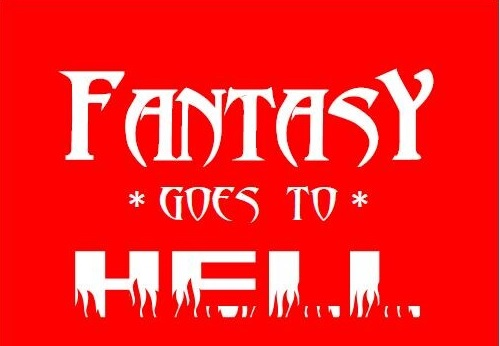Loading...
Event Website
https://www.mythsoc.org/oms/oms-2023.htm
Start Date
8-5-2023 4:00 PM
End Date
8-5-2023 4:50 PM
Description
In C. S. Lewis’s The Silver Chair, Jill, Eustace, and Puddleglum follow the four signs given to them by Aslan and descend into the underworld in order to rescue the lost prince. They find the enchanted Prince Rilian, along with thousands of Earthmen, enslaved to the Green Lady, who has a plan to subjugate the people and creatures of Narnia. Michael Ward, in Planet Narnia: The Seven Heavens and the Imagination of C. S. Lewis, takes a primarily Christological approach to the Narnia series, but finds a further analogue to Underland of The Silver Chair in the underworld of Greek and Roman mythology. Ward’s connection to the Christian and classical underworld shows Lewis’s Underland as a representation of a particular, mythological hell; however, Underland also constitutes a particular landscape that repositions The Silver Chair in relation to dystopian texts for young adults. In Utopian and Dystopian Writing for Children and Young Adults, Carrie Hintz and Elaine Ostry describe dystopian texts for children as pedagogical in nature, in which characters often confront issues surrounding social organization, power and control. I want to argue that The Silver Chair is a secondary world fantasy that reimagines the mythological hell as an otherworldly dystopia, which recasts traditional fantasy tropes and anticipates later dystopian texts of the twentieth century.
Creative Commons License

This work is licensed under a Creative Commons Attribution-NonCommercial-No Derivative Works 4.0 International License.
Included in
Children's and Young Adult Literature Commons, Comparative Literature Commons, Digital Humanities Commons, European Languages and Societies Commons, Literature in English, Anglophone outside British Isles and North America Commons, Literature in English, British Isles Commons, Literature in English, North America, Ethnic and Cultural Minority Commons, Medieval Studies Commons, Modern Languages Commons, Modern Literature Commons, Other English Language and Literature Commons
Re-Visioning Underland: C. S. Lewis’s The Silver Chair as Dystopian Fiction
In C. S. Lewis’s The Silver Chair, Jill, Eustace, and Puddleglum follow the four signs given to them by Aslan and descend into the underworld in order to rescue the lost prince. They find the enchanted Prince Rilian, along with thousands of Earthmen, enslaved to the Green Lady, who has a plan to subjugate the people and creatures of Narnia. Michael Ward, in Planet Narnia: The Seven Heavens and the Imagination of C. S. Lewis, takes a primarily Christological approach to the Narnia series, but finds a further analogue to Underland of The Silver Chair in the underworld of Greek and Roman mythology. Ward’s connection to the Christian and classical underworld shows Lewis’s Underland as a representation of a particular, mythological hell; however, Underland also constitutes a particular landscape that repositions The Silver Chair in relation to dystopian texts for young adults. In Utopian and Dystopian Writing for Children and Young Adults, Carrie Hintz and Elaine Ostry describe dystopian texts for children as pedagogical in nature, in which characters often confront issues surrounding social organization, power and control. I want to argue that The Silver Chair is a secondary world fantasy that reimagines the mythological hell as an otherworldly dystopia, which recasts traditional fantasy tropes and anticipates later dystopian texts of the twentieth century.



Comments
SESSION V
4:00 PM -4:50 Eastern
3:00 PM -3:50 Central
2:00 PM -2:50 Mountain
1:00 PM -1:50 Pacific
8:00 PM – 8:50 GMT